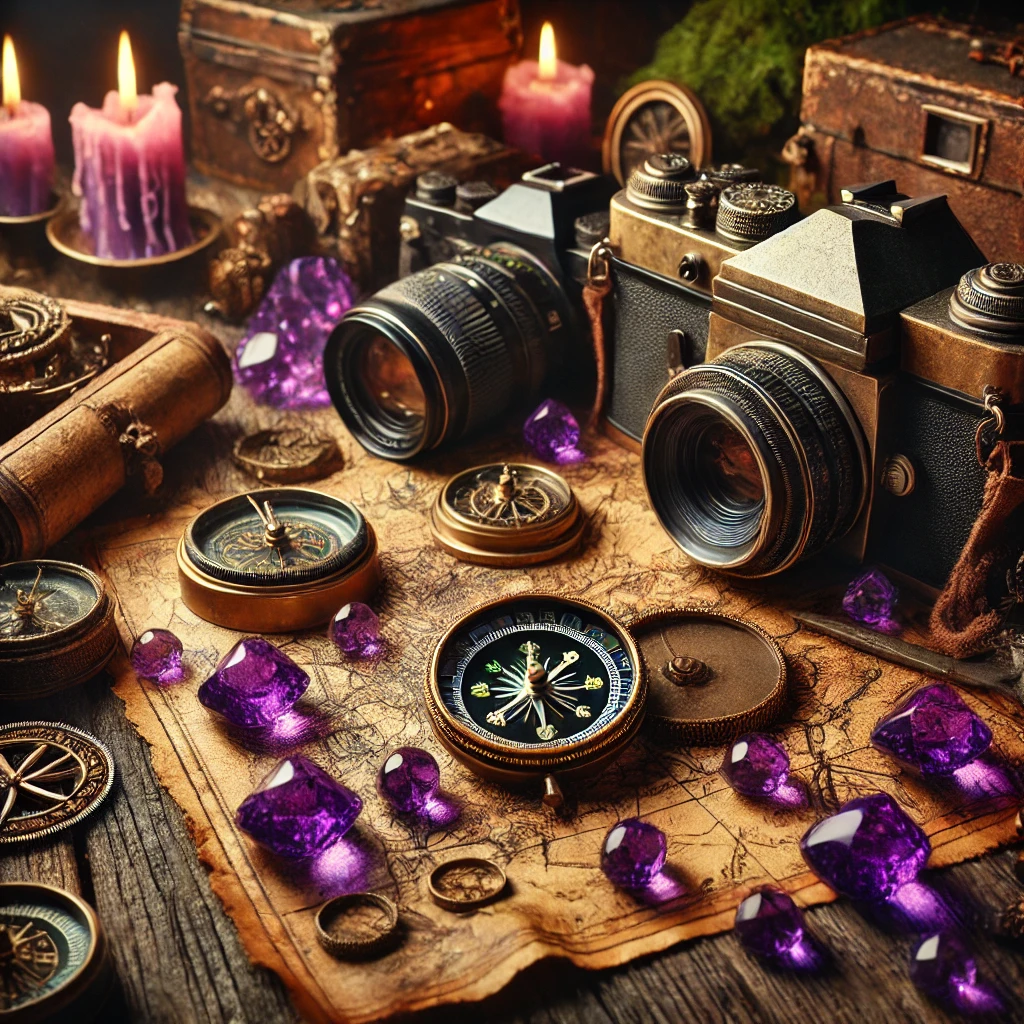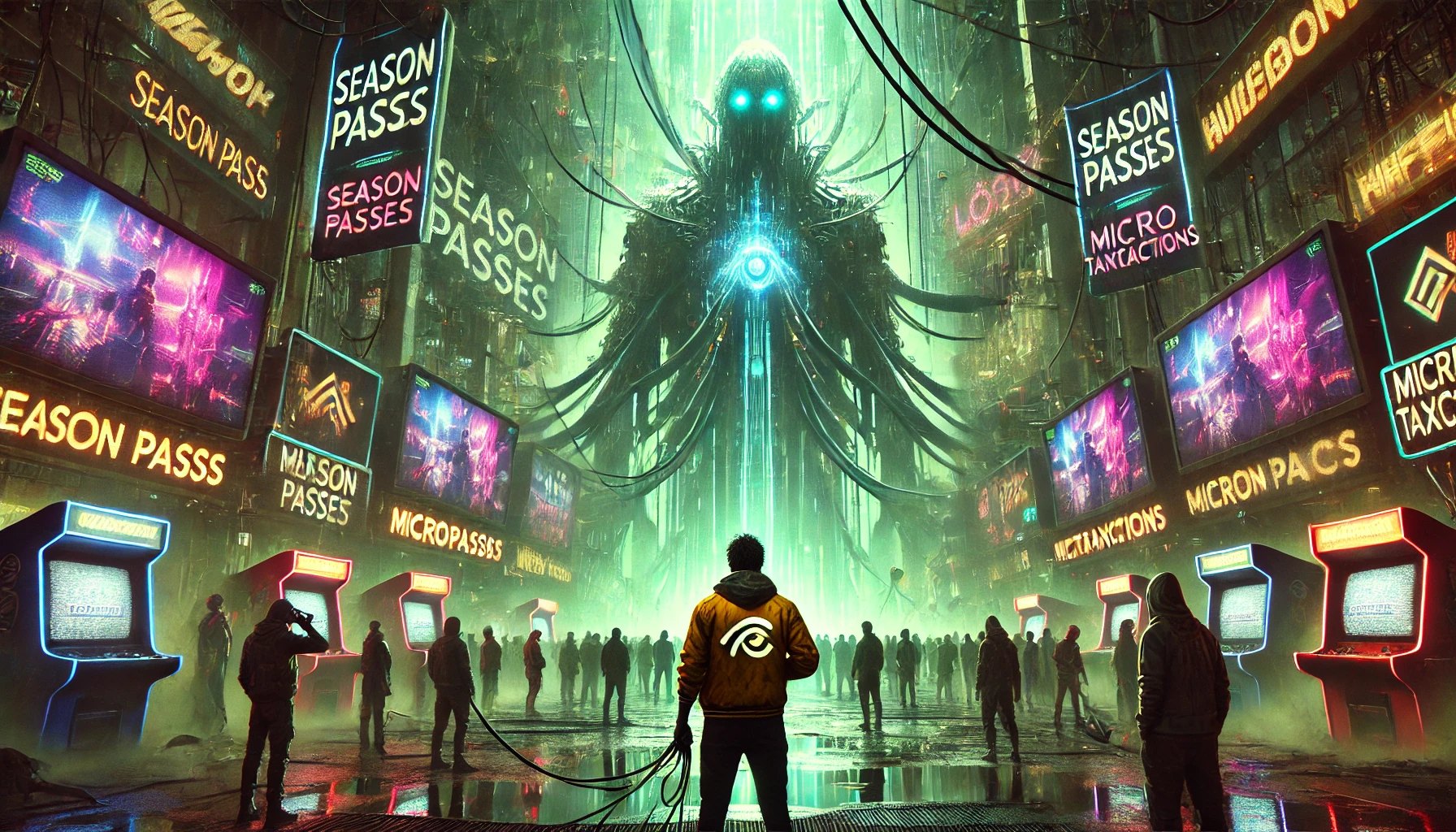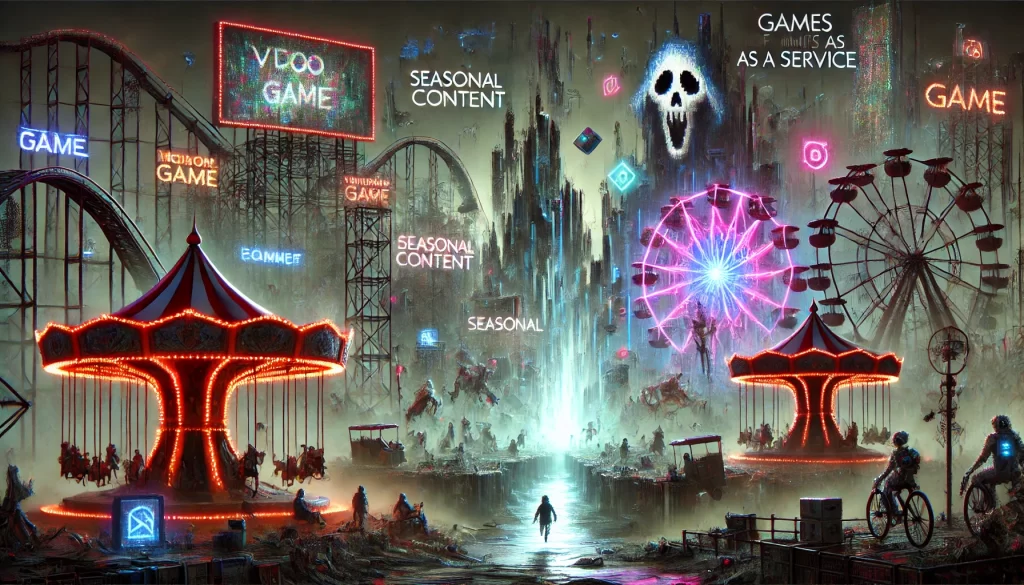Anniversaries are milestones worth celebrating, and if you’ve ever searched for the perfect gift, you might have stumbled upon the Traditional and Modern anniversary gift lists. But what’s the difference? And which one should you follow?
For centuries, the Traditional Anniversary Gift List has provided sentimental, symbolic gifts meant to reflect the stages of marriage. Over time, a Modern Anniversary Gift List emerged, featuring contemporary options that align with today’s lifestyles.
Here’s a side-by-side look at both lists:
Anniversary Gift Lists: Traditional vs. Modern
| Year | Traditional Gift | Modern Gift |
|---|---|---|
| 1st | Paper | Clocks |
| 2nd | Cotton | China |
| 3rd | Leather | Crystal/Glass |
| 4th | Linen/Silk (US: Fruit/Flowers) | Appliances |
| 5th | Wood | Silverware |
| 6th | Iron (US: Candy) | Wood |
| 7th | Copper/Wool | Desk Sets |
| 8th | Bronze | Linen/Lace |
| 9th | Pottery/Willow | Leather |
| 10th | Tin/Aluminum | Diamond Jewelry |
| 11th | Steel | Fashion Jewelry |
| 12th | Silk/Linen | Pearls |
| 13th | Lace | Textiles/Furs |
| 14th | Ivory | Gold Jewelry |
| 15th | Crystal | Watches |
| 20th | China | Platinum |
| 25th | Silver | Silver |
| 30th | Pearl | Diamond |
| 35th | Coral | Jade |
| 40th | Ruby | Ruby |
| 45th | Sapphire | Sapphire |
| 50th | Gold | Gold |
| 55th | Emerald | Emerald |
| 60th | Diamond | Diamond |
Traditional vs. Modern: Which One Should You Follow?
If you appreciate sentiment and symbolism, the Traditional list might be your go-to. Gifts like paper for the first year (symbolizing a fresh start) or wood for the fifth (representing strength) add a meaningful touch.
On the other hand, the Modern list offers practical and luxurious options like appliances, diamond jewelry, and fashion accessories.
Mixing the Best of Both Worlds
You don’t have to choose just one! Many couples blend both lists, using tradition as inspiration while incorporating modern elements. For example:
- 1st Anniversary: A handwritten love letter (traditional) inside a beautifully designed clock (modern).
- 10th Anniversary: A tin keepsake box (traditional) filled with diamond earrings (modern).
At the end of the day, anniversaries are about celebrating love. Whether you lean toward tradition, embrace modernity, or craft your own unique tradition, the best gift is one given with love and thoughtfulness.
Which list do you prefer? Do you and your partner follow a specific tradition?



